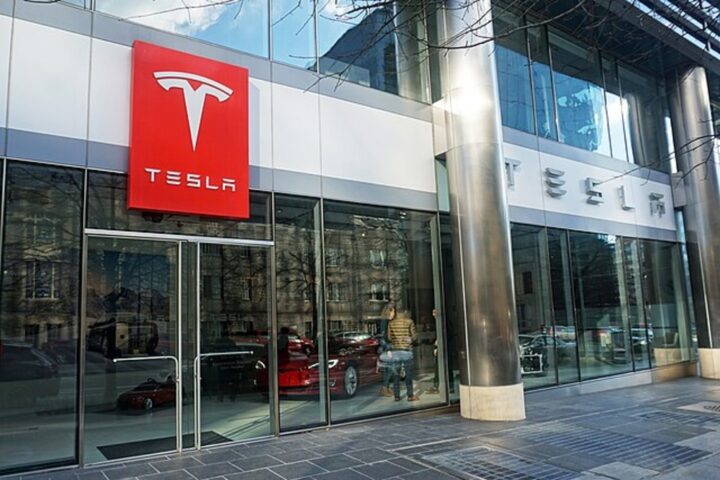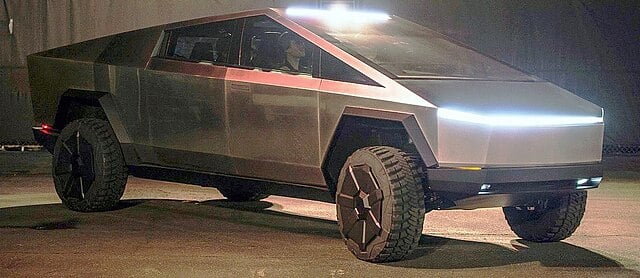Japanese automakers Honda and Nissan have entered exploratory merger talks, pointing to a seismic shift in the global automotive landscape. The potential combination would create the world’s third-largest automaker, with annual sales of 7.4 million vehicles and a market value of approximately $54 billion.
Financial Markets React
The merger discussions sparked strong market reactions. Nissan shares surged 24% in Tokyo trading on Wednesday, marking their best performance in over 40 years. Meanwhile, Honda’s stock declined 3%, reflecting investor concerns about the complexities of combining two distinct corporate cultures.
Strategic Imperatives
The primary catalyst for these discussions is the rapid advancement of Chinese electric vehicle (EV) manufacturers. BYD, which recently surpassed Tesla in global EV sales in October, exemplifies the competitive pressure facing traditional automakers. Chinese EV makers have demonstrated strong market presence in their domestic market.
Financial Challenges
Nissan’s recent performance underscores the urgency for strategic action. The company announced plans to cut 9,000 jobs and reduce global production capacity by 20%. Honda has also reported declining profits, indicating broader industry challenges.
Strategic Partnership Evolution
The two automakers began their collaboration in March 2024, focusing on EV component development. In August, they strengthened their ties by agreeing to co-develop batteries and other related technologies. The current merger discussions represent a significant escalation of these cooperative efforts.
Complex Stakeholder Dynamics
Renault, which holds a 36% stake in Nissan, has indicated openness to the merger. Additionally, Taiwan’s Foxconn approached Nissan about taking a controlling stake, but this offer was rejected, according to sources familiar with the matter.
Technical Capabilities Gap
Despite Nissan’s pioneering role with the Leaf EV in 2011, both companies have struggled to maintain technological leadership. Nissan currently offers three EVs – the Ariya SUV, Leaf, and Sakura minicar. Honda’s EV program remains modest with only the Prologue model in its lineup.
More Stories
Industry Expert Perspectives
“In the mid- to long-term, this is good for the Japanese car industry as it creates a second axis against Toyota,” notes Seiji Sugiura, senior analyst at Tokai Tokyo Intelligence Laboratory. “Constructive rivalry with Toyota is positive for the rather stagnating Japanese car industry when it must compete with Chinese automakers, Tesla and others.”
Tang Jin, senior researcher at Mizuho Bank, raises cultural concerns: “Honda has a unique, technology-centric culture with strengths in powertrains, so there should be some internal resistance to the merger with Nissan, a competitor with a different culture that is now faltering.”
Regulatory Considerations
The merger faces potential regulatory scrutiny, particularly in the United States. The combined entity would need to address concerns about production facilities in Mexico and their impact on U.S. market dynamics.
Future Implications
S&P Global Ratings cautions that realizing synergies from the merger could take considerable time. The rating agency noted: “In our view, there have been few instances where mergers and alliances between major automakers have led to significant benefits.”
The companies are expected to hold a joint news conference in Tokyo, according to sources familiar with the matter.

















